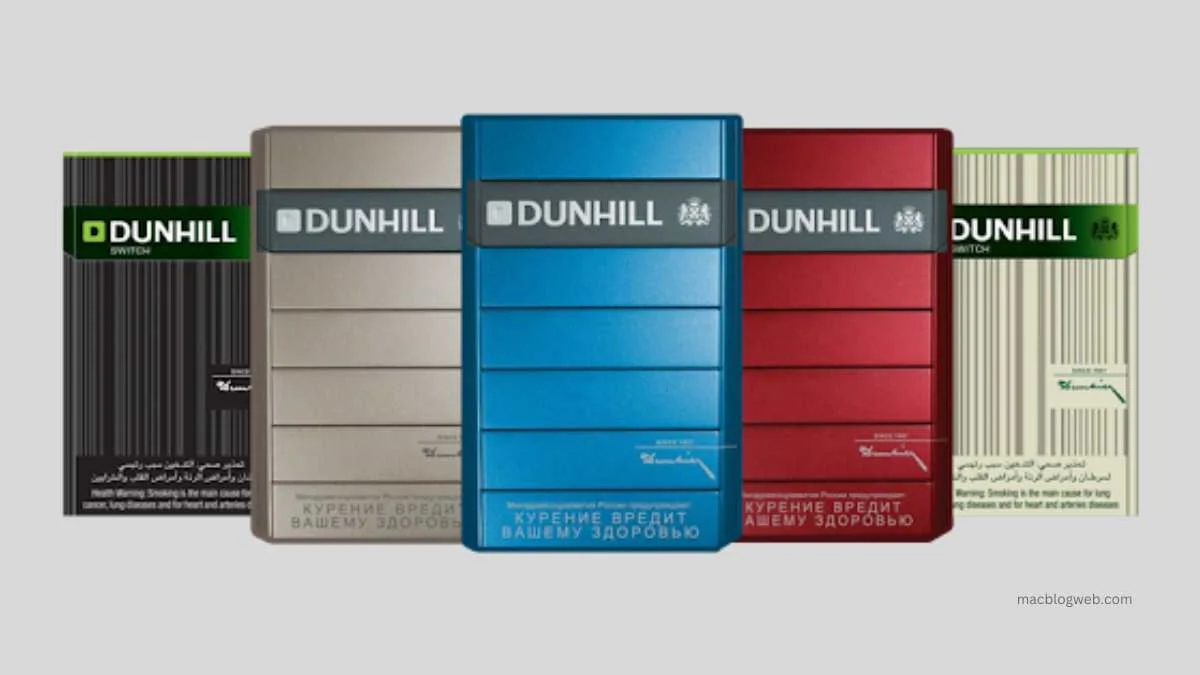In the world of tobacco, few names are as distinguished as Dunhill. A beacon of luxury and fine craftsmanship, Dunhill cigarettes have carved a niche in the market that caters to a clientele with a taste for sophistication and quality. From its inception in the early 20th century by Alfred Dunhill, the brand has evolved into a symbol of status and an accessory of the refined smoker. This article delves into the rich history, development, and unique characteristics of Dunhill cigarettes, tracing their journey from a small tobacconist’s shop in London to a globally recognized brand.
Founding and Historical Milestones
Dunhill cigarettes were born out of the entrepreneurial spirit of Alfred Dunhill, who opened his tobacco shop in 1907 in Duke Street, London. Positioned in the St James’s area, renowned for its exclusivity and affluent clientele, the shop quickly became a hotspot for tobacco enthusiasts. Alfred Dunhill’s innovation was not just in selling tobacco but offering bespoke blends tailored to the preferences of individual customers.
In 1908, Dunhill introduced a groundbreaking product known as the “Absorbal”—the world’s first cigarette with a cotton wool filter tip. This was an innovative response to growing health concerns associated with smoking at the time. Marketed as the “Hygienic Cigarette,” it set a new standard in the industry for product quality and consumer safety.
The prestige of the brand was further cemented when Dunhill cigarettes received a royal warrant in 1927, an endorsement that lasted until 1995. This accolade was a testament to the brand’s adherence to quality and luxury, aligning it with the highest standards of excellence.
The Expansion and Global Presence
Dunhill’s international expansion took a significant step forward with the launch of Dunhill International in 1962. The brand aimed to establish itself as a premium choice by offering high-quality tobacco blends that justified a higher price. This strategy capitalized on the increasing demand for luxury goods in the post-war era, initially in the United States and later in Asia and the Middle East.
In 1939, the marketing rights for Dunhill in the U.S. were leased to Philip Morris USA, which helped establish the brand’s presence in North America. This strategic partnership enabled Dunhill to tap into a broader market, adapting its marketing strategies to cater to a diverse audience while maintaining the brand’s core values of luxury and quality.
Product Range and Innovation
Dunhill has consistently innovated its product line to include a variety of blends and cigarette types to cater to diverse consumer tastes. Some of the popular variants include:
- Dunhill International: Known for its distinctive red packet, it is perhaps the most recognized product, offering a rich, smooth taste and premium blend.
- Dunhill Fine Cut: This range features finely cut tobacco, ensuring a more intense flavor and a slower burn, appealing to connoisseurs of strong tobacco flavors.
- Dunhill Top Leaf: Made from only the top leaves of the tobacco plant, which are considered to offer the best flavor and aroma.
The brand has also maintained a tradition of innovation in its manufacturing process, using only high-quality paper and filters to enhance the smoking experience.
Marketing and Cultural Impact
Dunhill’s marketing strategies have always emphasized the brand’s luxury status. Its advertisements often feature imagery that associates Dunhill with a sophisticated lifestyle—golf courses, luxury cars, and high-fashion events. This branding approach has helped establish its premium image across various markets.
The brand has also had cultural impacts, famously being the choice of cigarette for gonzo journalist Hunter S. Thompson, which linked Dunhill to the rebellious and literary chic of the 1970s and beyond.
Challenges and Controversies
Despite its success, Dunhill, like many tobacco brands, has faced challenges, particularly concerning health-related controversies around smoking. The brand has had to navigate changing regulations and shifting public opinions on smoking, which have impacted sales and marketing practices globally.
Conclusion: Dunhill cigarettes
Dunhill cigarettes represent more than just smoking; they signify a century-long tradition of luxury, quality, and innovation. From the streets of London to global prominence, Dunhill has maintained its status as a premium tobacco brand. As it adapts to new market dynamics and regulatory environments, Dunhill continues to be a key player in the luxury tobacco market, preserving the legacy of its founder while evolving to meet contemporary needs.








